Lithops?
noki
10 years ago
Related Stories
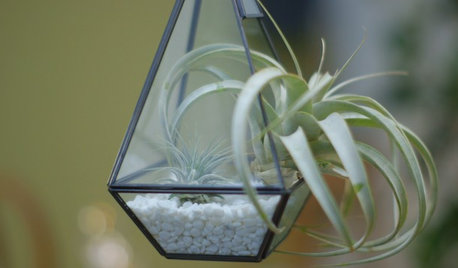
HOUZZ TVHouzz TV: 1 Modern Terrarium in 3 Styles
Here’s how to create a trio of looks for a terrarium to hang up or put on a table. Which do you like best?
Full StoryBought these at Lowe's... most look like buttons, but not all the same species. Are these supposed to look like this? I've only seen pictures of Conophytum that looked like these buttons. Maybe they are dead? They had a lot of them, and they didn't seem to be in the middle of actively splitting.
This post was edited by noki on Thu, Aug 15, 13 at 23:53

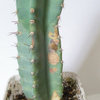
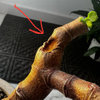
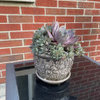
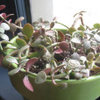
cactusmcharris, interior BC Z4/5
cagedbirdsinging
Related Professionals
La Marque Landscape Architects & Landscape Designers · Jackson Landscape Contractors · Lakeland Landscape Contractors · Wakefield Landscape Contractors · Live Oak Landscape Contractors · Siloam Springs Landscape Contractors · Tamarac Landscape Contractors · Tyngsboro Landscape Contractors · Dunkirk General Contractors · Mililani Town General Contractors · Rowland Heights General Contractors · Enterprise Carpenters · Bonney Lake Decks, Patios & Outdoor Enclosures · Greeley Decks, Patios & Outdoor Enclosures · Lauderdale Lakes Decks, Patios & Outdoor Enclosuresrosemariero
hanzrobo
qsis
nokiOriginal Author
nokiOriginal Author
senjanevada
cagedbirdsinging
hanzrobo
rosemariero